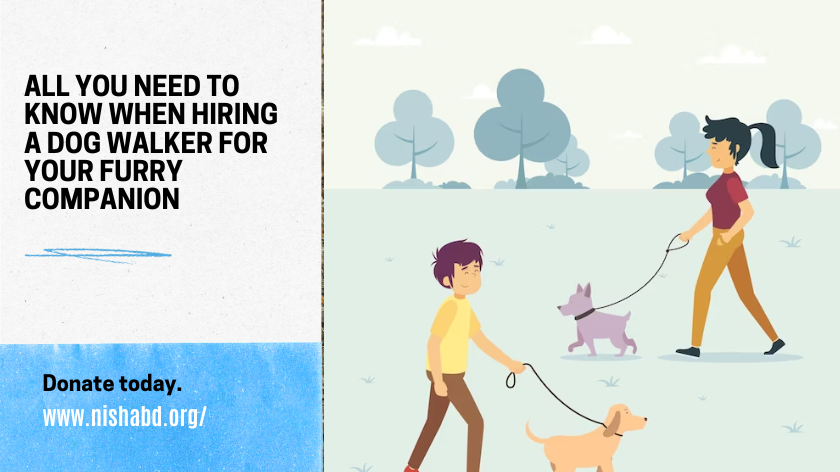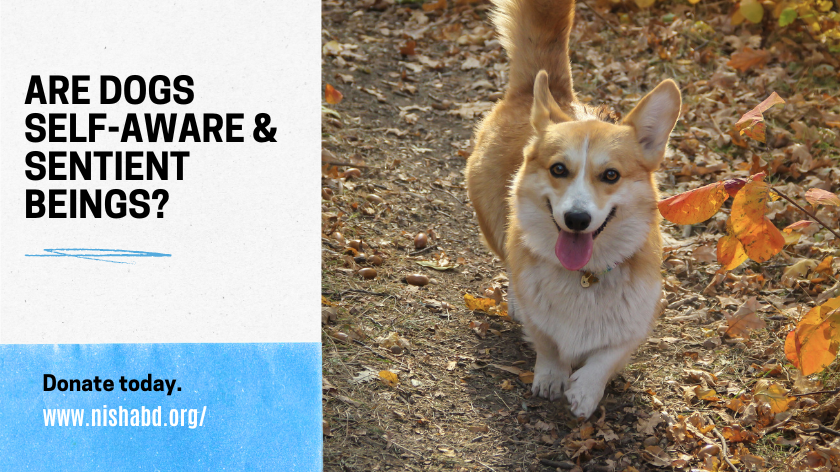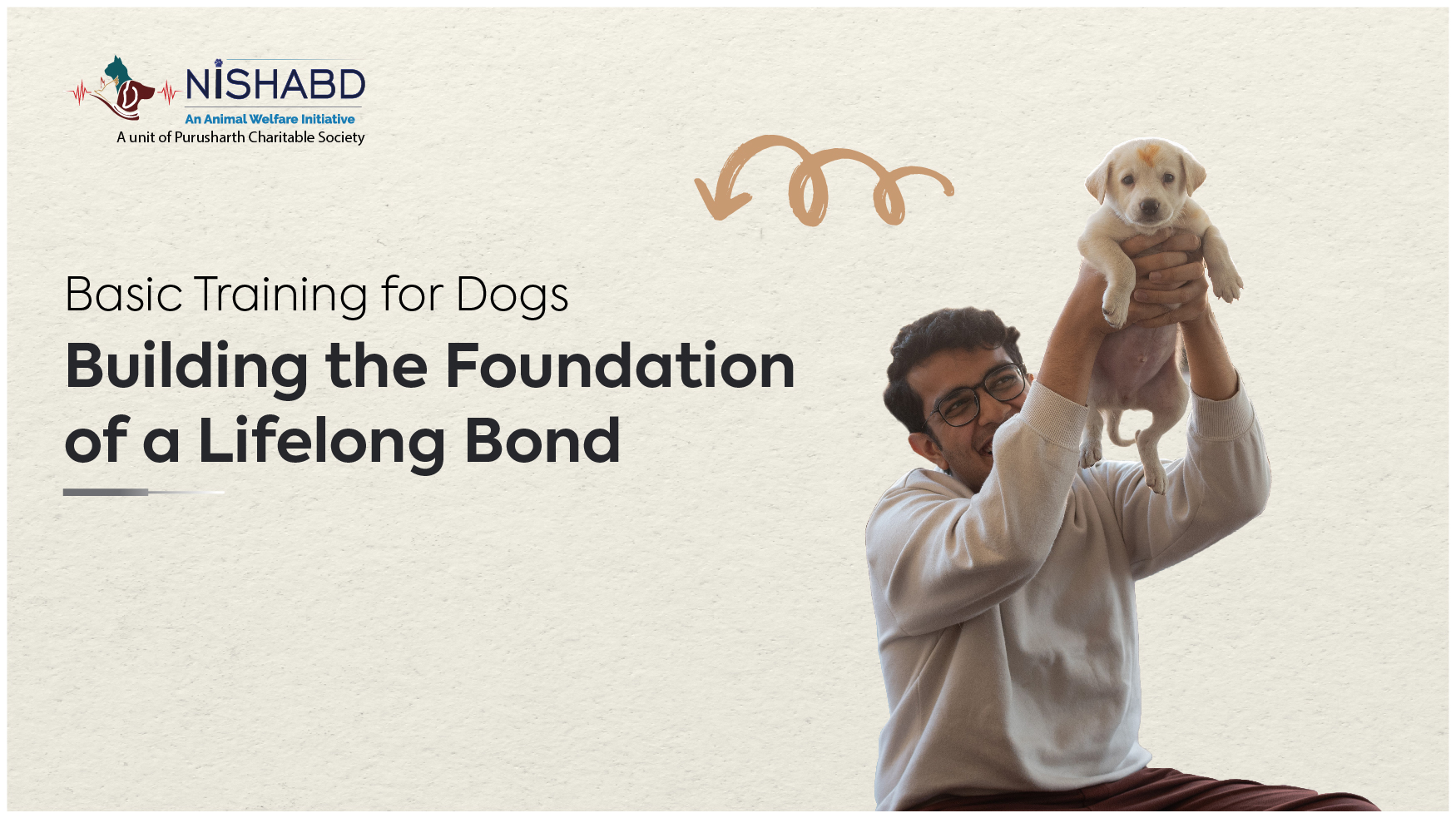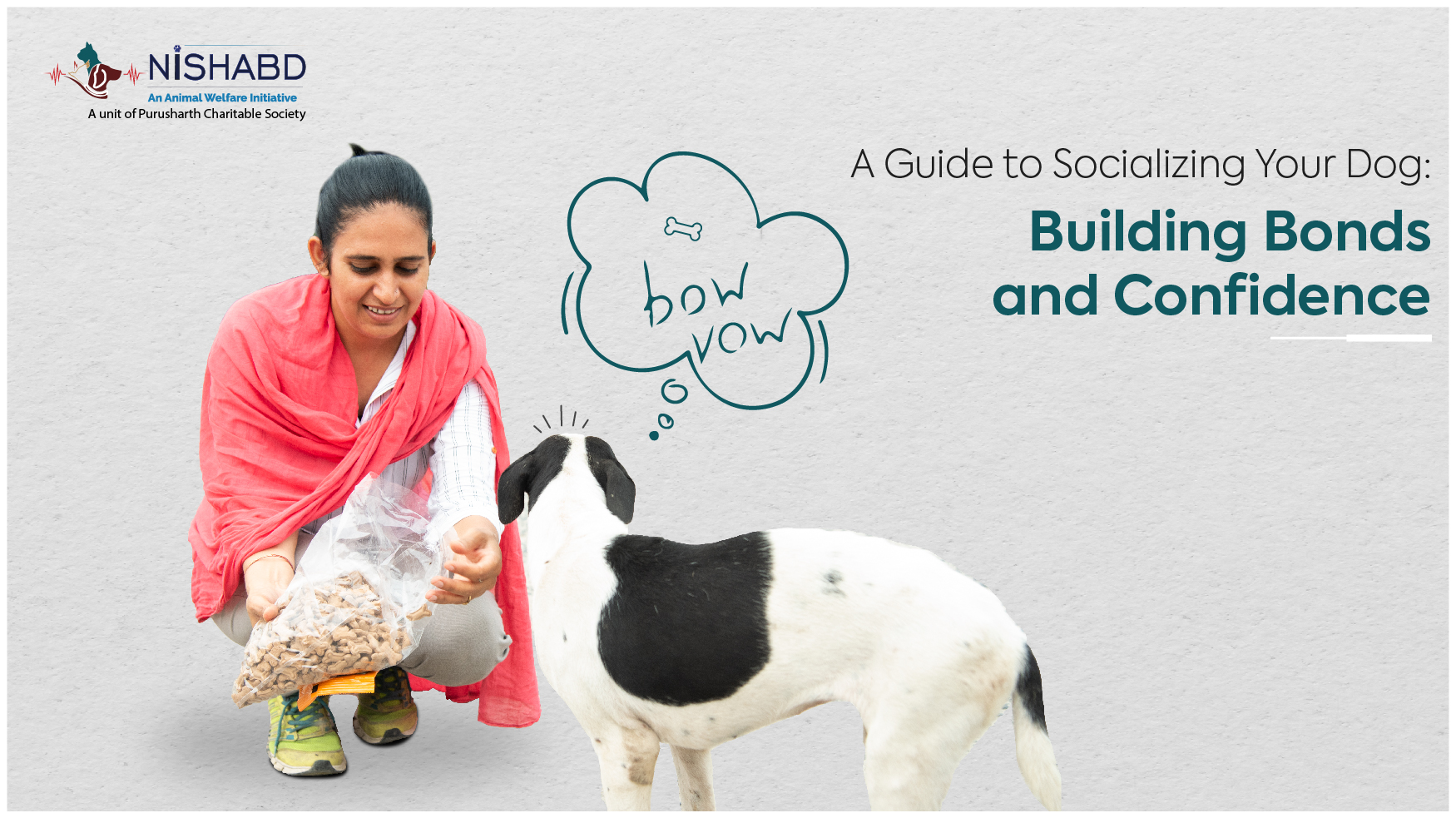3 Types of Dog Skin Cancer

When it comes to our beloved canine companions, their health and well-being are paramount. Just like humans, dogs can face various health challenges, including skin cancer. You’re in the right place if you’re concerned about your furry friend’s skin health or have heard about dog skin cancer. In this blog, we’ll delve into dogs skin cancer, discussing whether it’s fatal, its types, causes, symptoms, and crucial insights to ensure your pup’s skin stays healthy.
Understanding Dog Skin Cancer
Dog skin cancer, or canine cutaneous neoplasia, is abnormal cell growth on a dog’s skin. These growths can be benign (non-cancerous) or malignant (cancerous). The three primary types of dogs skin cancer are:
- Mast Cell Tumors (MCT): These are dogs’ most common malignant skin tumors. MCTs vary in appearance and behavior, making diagnosing them difficult.
- Squamous Cell Carcinoma (SCC): SCC is a type of skin cancer commonly found on a dog’s ears, nose, or other areas with less hair. It tends to be locally invasive but has a lower tendency to spread to other organs.
- Melanoma: Melanoma in dogs typically occurs in the mouth, eyes, or the skin’s darkest areas. While some melanomas are benign, others are highly aggressive.
Is Dog Skin Cancer Fatal?
Now, the pressing question: Is dog skin cancer fatal? The answer is that it can be, but it isn’t always. Whether dog skin cancer is deadly depends on several factors, including:
- Early Detection: Early detection of skin abnormalities or tumors dramatically increases the chances of successful treatment. Regularly examining your dog’s skin can make all the difference.
- Type of Cancer: The type and aggressiveness of the cancer play a significant role. Some skin cancers, like benign tumors, can be removed surgically, offering a complete cure.
- Metastasis: The cancer stage and whether it has metastasized (spread) to other body parts impact the prognosis. If caught early, many skin cancers can be treated before they spread.
- Treatment Options: Advances in veterinary medicine have led to various treatment options, including surgery, radiation therapy[1], chemotherapy, and immunotherapy. The choice of treatment depends on the type and stage of cancer.
Common Signs and Symptoms of Dog Skin Cancer
Being vigilant about your dog’s skin health is crucial. While skin cancer symptoms can vary depending on the type, common signs include:
- Unusual lumps or bumps
- Sores that won’t heal
- Changes in the skin’s color or texture
- Hair loss
- Open sores or ulcers
- Persistent itching or discomfort
- Bleeding or oozing from a lump or sore
If you notice any of these symptoms, it’s essential to consult your veterinarian promptly. Remember, early intervention can make a significant difference in the outcome.
Preventing Dog Skin Cancer
Prevention is always better than cure. To reduce the risk of dog skin cancer:
- Limit Sun Exposure: Just like humans, dogs can get skin cancer from excessive sun exposure. Protect your pup by limiting time in direct sunlight, especially during peak hours.
- Regular Skin Checks: Perform regular skin checks on your dog. If you notice any changes or abnormalities, seek veterinary advice promptly.
- Maintain a Healthy Diet: A balanced diet can support your dog’s immune system, helping prevent various health issues, including skin cancer.
- Avoid Harmful Chemicals: Be cautious with chemicals like pesticides and herbicides in your yard. These can be absorbed through your dog’s skin and may contribute to skin cancer.
- Consult Your Vet: Discuss your dog’s specific breed and any genetic predispositions to skin issues with your veterinarian. Some species are more susceptible to certain skin conditions.
“A dog is the only thing on earth that loves you more than you love yourself.” –Josh Billings
Ensuring your furry friend’s skin health is vital for their overall well-being. While dog skin cancer can be concerning, early detection, appropriate treatment, and preventive measures can significantly improve your dog’s chances of a healthy and happy life.
As you navigate your journey as a pet parent, stay informed and proactive about your dog’s health. After all, a happy, healthy pup is a source of endless joy and companionship!
Read our Article: Basic Training for Dogs: Building the Foundation of a Lifelong Bond









